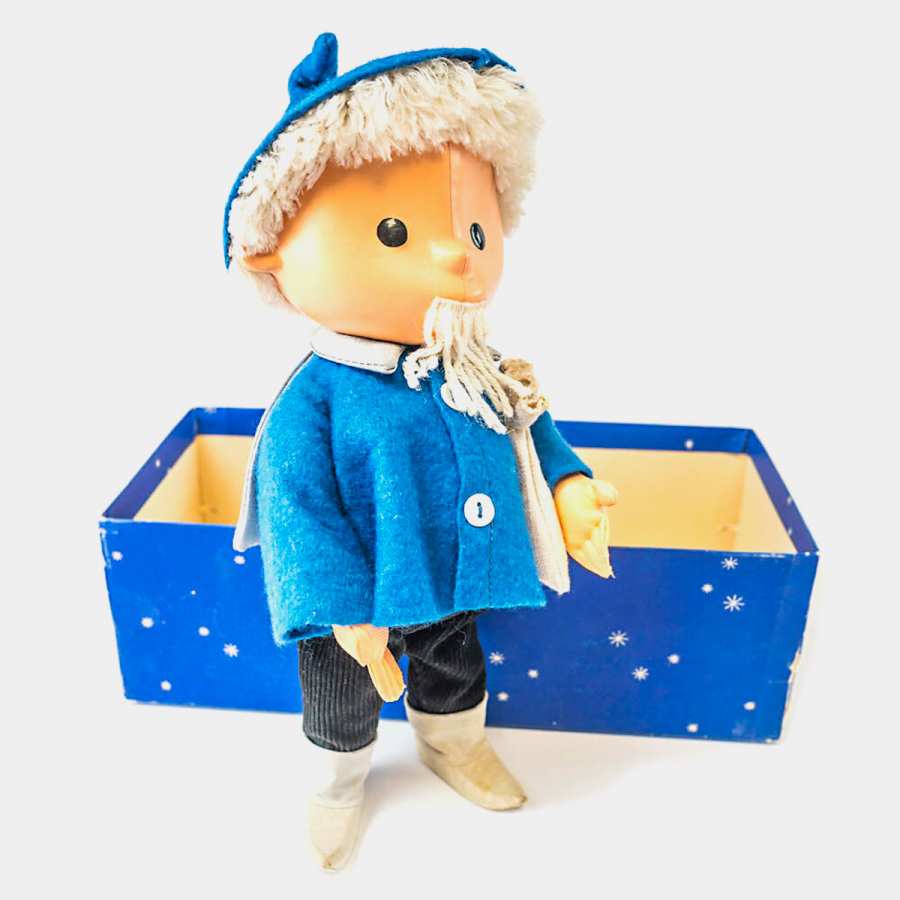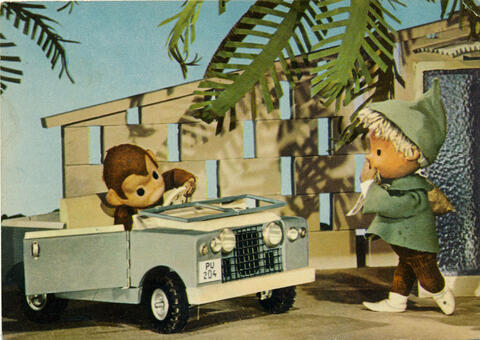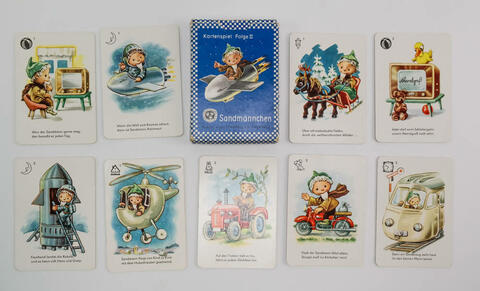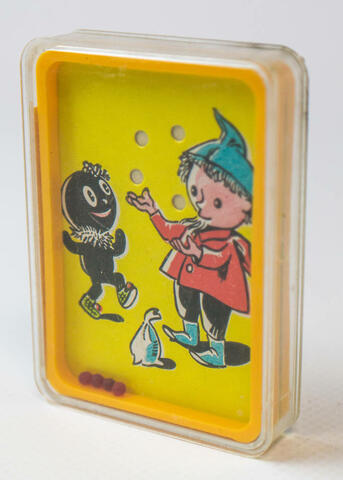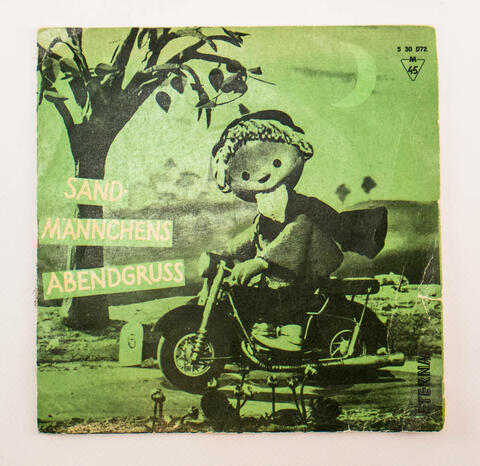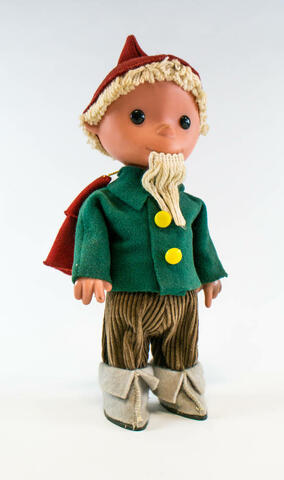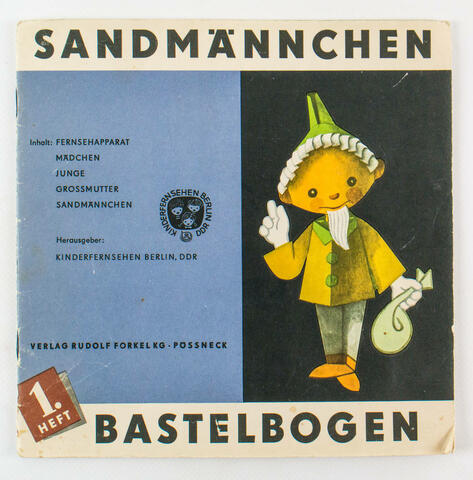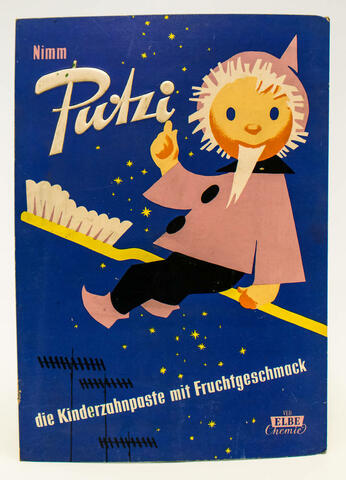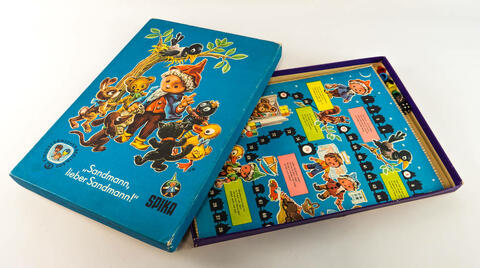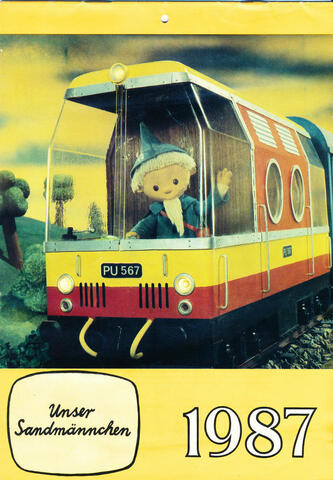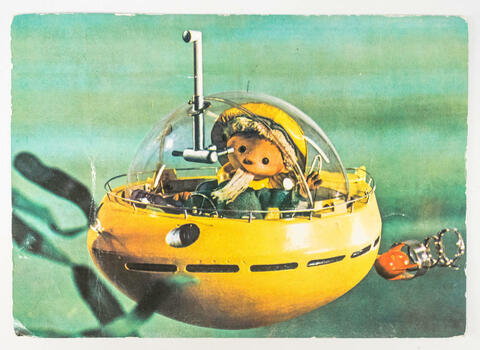Relics of the GDR
»Sandman, dear Sandman...«
From fairy tale character to childhood hero
There is probably no greater »winner« of German reunification than the little Sandman, which was first broadcast on East German television (DFF) on 22 November 1959. It was based on the Sandman figure by the Brothers Grimm and the well-known fairy tale »The Sandman« by Hans Christian Andersen. The television character was developed within two weeks because the West German station Sender Freies Berlin announced the introduction of a Sandman on 1 December 1959. The deputy director of the DFF, Walter Heynowski, therefore sent a house note to the programme management »Children's–Youth–Women's Television« on 4 November calling for immediate countermeasures.
Within this short time, set and costume designer Gerhard Behrendt succeeded in developing a Sandman figure and staging it in elaborate stop-motion technique. Harald Serowski was responsible for the scenery and the various vehicles of the man, who was already given his final form in the summer of 1960 with a height of 24 cm, a goatee and a pointed cap. Wolfgang Richter was to have composed the melody of the Sandman song in just one night. The race with the West was won in the field of children's television. The East Sandman became a cult.

Sandman on the air as early as 1956
The Sandman went on the air on DDR radio as early as 1956. Three years later, the DFF developed the »evening greeting« into an elaborate television production. The very first broadcast was a complete success, because children immediately felt affection for the Sandman, who was supposed to make it easier for them to go to bed and sprinkle sleeping sand in their eyes. When he himself fell asleep on a street corner at the end of the first episode, this led to countless letters from concerned parents and their children offering the Sandman their bed. The idea of a homeless Sandman was never nurtured again. For many children, however, the little sympathetic figure was from then on a part of the evening and the »evening greeting« a fixed ritual before bedtime.
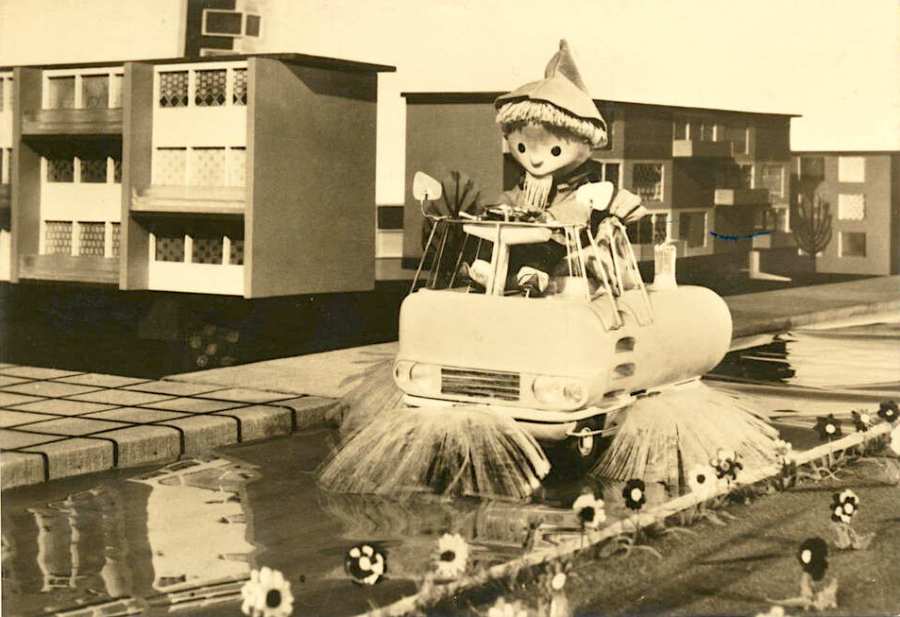
The socialist Sandman
The little man had a large fleet of various modern vehicles and flying machines with which he travelled the whole world – and even outer space. Although he enjoyed the freedom to travel, he always returned to his beloved GDR, whose ideals he wanted to teach children. He visited the border troops of the National People's Army (NVA), greeted workers during the construction of the highly praised prefabricated slab buildings and enthused the children about the pioneer organisation, harvest operations and competitive sports. Even the Sandman was not free of ideology, although there were only 30 episodes that were clearly coloured by party ideology. In this way, even the youngest children were brought into contact with the political content of the time.
Perhaps one of his most exciting adventures took the Sandman into space: cosmonaut Sigmund Jähn, the first German in space, took him with him on his expedition in 1978, where the Sandman celebrated a puppet wedding with the Soviet brown bear television puppet »Mascha«. Embedded in the Sandman's stories was the »Evening Greeting«, which showed a self-contained short film with other GDR puppet stars.
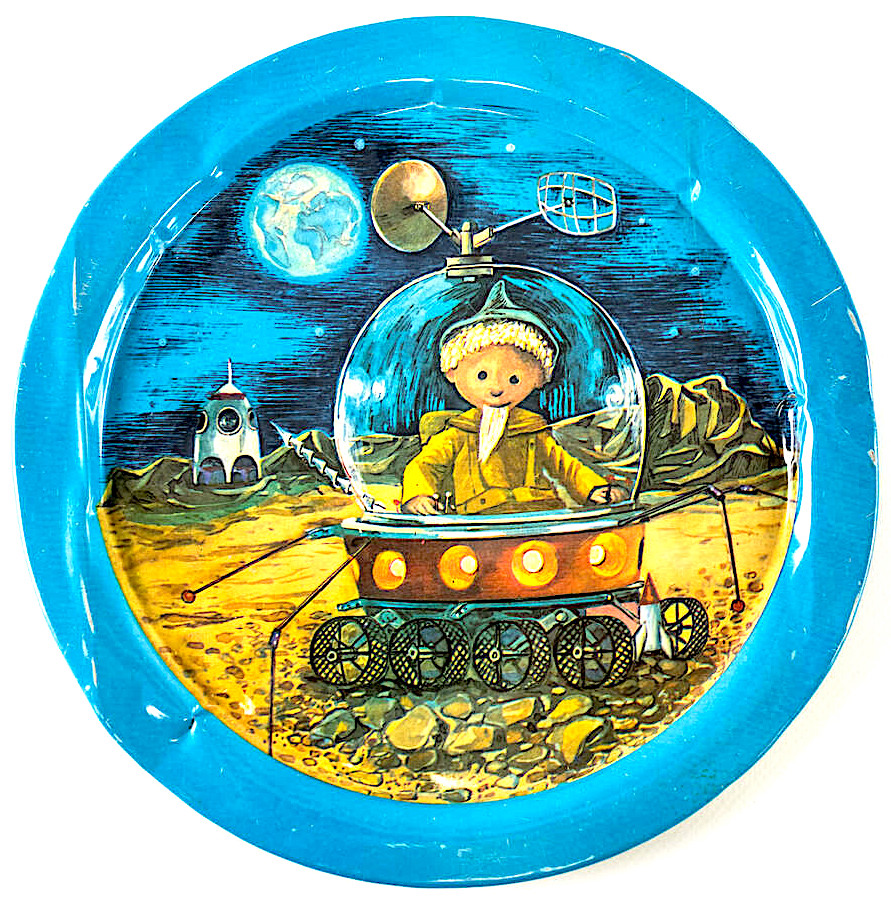
The Sandman as an international star
The Sandman was already an export hit in GDR times. He was equally popular in Denmark, Switzerland and Greece. In 1966, West German radio also wanted to buy licences for the Sandman's opening and closing credits. But the GDR refused, despite the prospect of foreign exchange earnings. For how was it to be explained to the children that the Sandman was also »at home« with the class enemy?
The West German Sandman could never compete with the lovingly designed man from the GDR. Even in the West, East German television was often switched on for the »evening greeting«. So when the Sandman was to disappear along with the DFF in 1991, a storm of indignation broke out. Signatures were collected and demonstrations held to preserve the East Sandman. As early as 1990, the newspaper »Junge Welt« had predicted: »If they can fail in this country because of one man, it's the Sandman.« It was to be proved right. The East stayed and the West made way – at least on children's television. First it was broadcast on MDR and ORB. Today »Unser Sandmännchen« is broadcast on MDR and RBB and since 1997 also on KiKA children's channel. In addition to repeats, new framework stories with the Sandman are also produced. In the meantime, the Sandman has become an all-German cult.
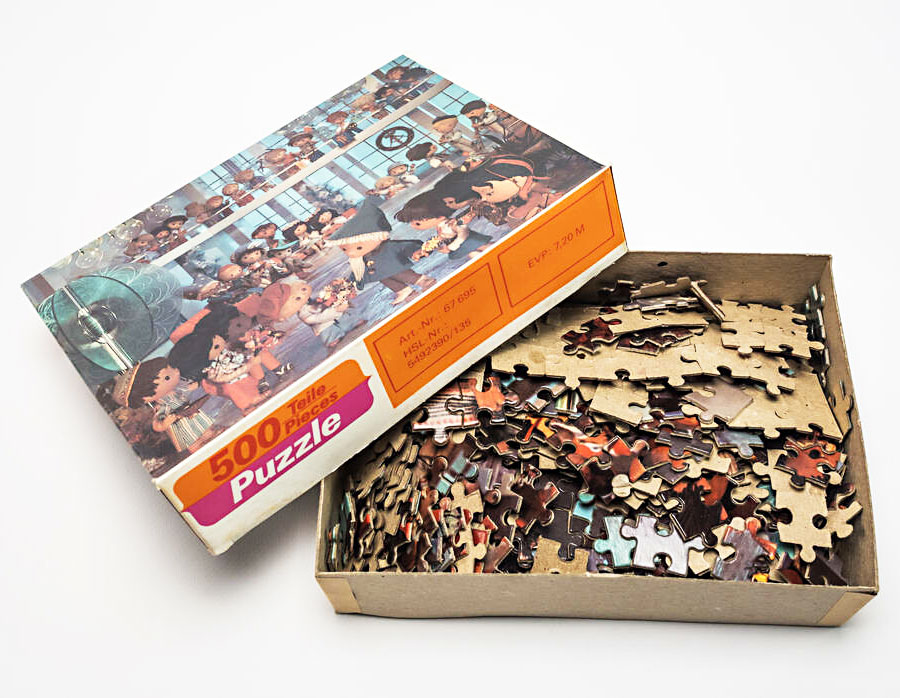
The puppet from the Or Mountains
The popular figure was developed by Gerhard Berendt. He gave it his typical appearance: a childlike and aged look combined. Our copy of the Sandman is still in its original box. The size of the doll with its blue coat and blue cap corresponds to the original size of 24 cm. It has the bag with the sleeping sand under its arm. The figure was made by Erich Schönherr in the Ore Mountains and dates from 1964.
